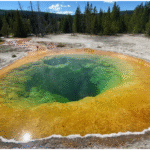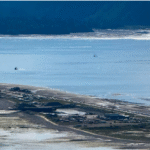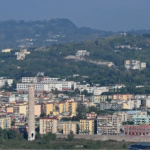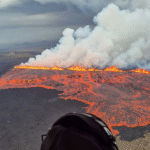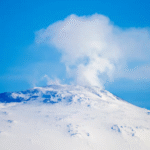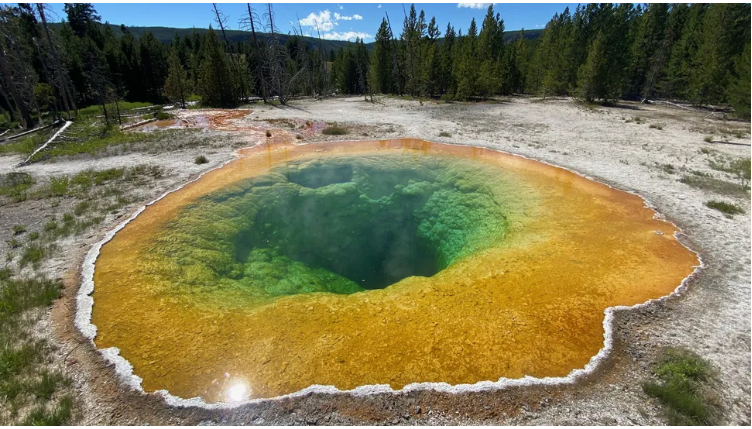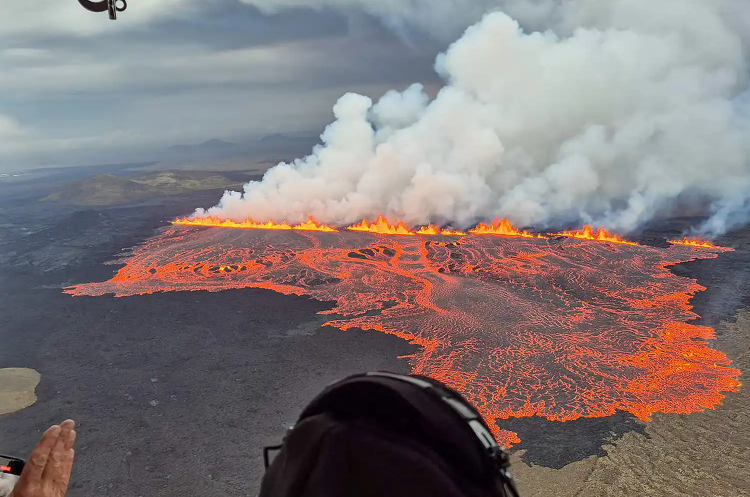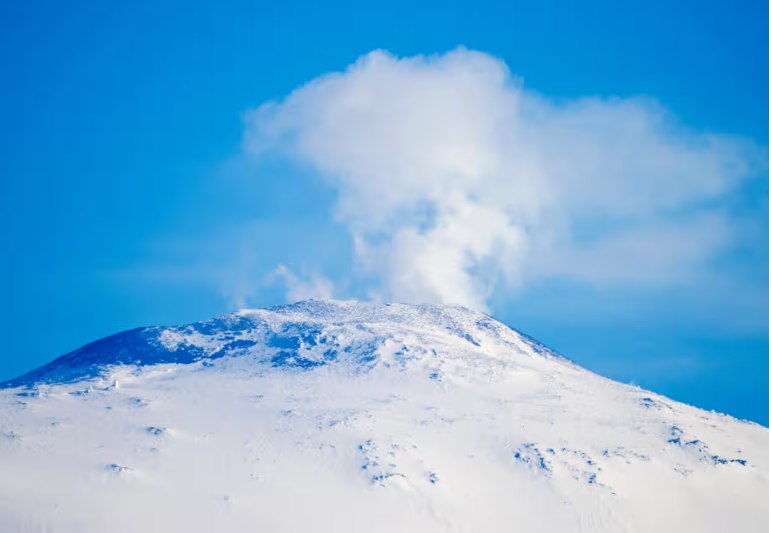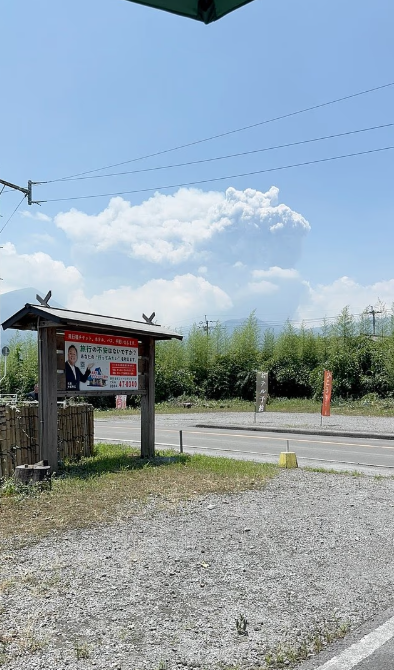When the Ground Spoke: Decoding Yellowstone’s Seismic Whisper
That evening on July 26, 2025, I was monitoring seismic readings when the waveforms spiked—approximately 6:00 p.m. MST (8:00 p.m. EST). Yellowstone had trembled with a magnitude 3.9 quake near Norris Geyser Basin. Having studied this volcanic region for years, I rushed to check station locations. The epicenter, pinpointed at the junction of multiple faults, showed depth between 5–10 km—classic shallow tectonic adjustments.
Park-goers described gentle shaking under their feet, like a thriller movie rumble. One visitor near steamy geothermal pools told me: “The rattling felt abrupt—no warning.” Social media buzz exploded with viral bear footage claiming wildlife fled due to eruption risk. But as a geologist, I knew national park experts had debunked such claims. Animals shift for thermal area shifts, not quakes—scientific basis absent.
US Geological Survey seismographs confirmed this was a tectonic event, unconnected to the supervolcano’s hidden magma system. The crust here constantly makes fault adjustments—1,500 to 2,000 earthquakes yearly, mostly barely felt. This M3.9? Unusually strong for the area, yet non-eruptive. Thermal camera footage showed geysers steaming at normal intervals, undisturbed. Energy dissipated underground, minimizing visible changes.
Why the fear? Online rumors spread about geyser boiling changes or magma-driven unrest. Field observations proved otherwise: no disruption, thermometer spikes, or hydrothermal anomalies. Yellowstone Volcano Observatory emphasized deeper unrest absent—volcano status remains normal.
Experts like Dr. Jane Doe note quakes here calibrate uplift models of the caldera floor. Seismic tomograms help interpret pathways to potential magma presence. This tremor? A valuable pulse revealing subsurface stress distribution, not a precursor. Park seismologist Dr. John Smith confirmed no gas spike or ground deformation—hydrothermal system stable.
For planning a trip: trails and geyser areas stay safe. Precautions? Avoid spring edges—but Park Visitor Services report no damage. Seismic activity is well-monitored; official real-time data accessible via Threat Web Dashboard.
Seismologists watch clusters now. Subsequent tremors could be a red flag, but this single quake? Just Earth whispering through fissures that feed boiling springs. As camera feeds show consistent steam emissivity, I rest assured: science’s calm outweighs panic.
